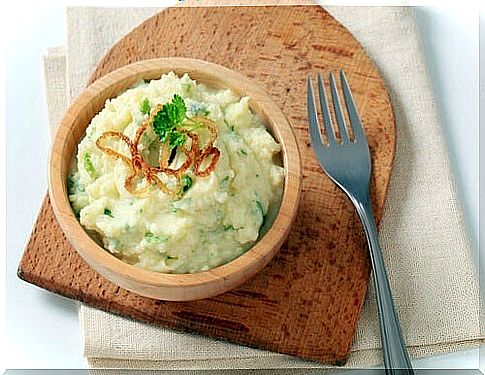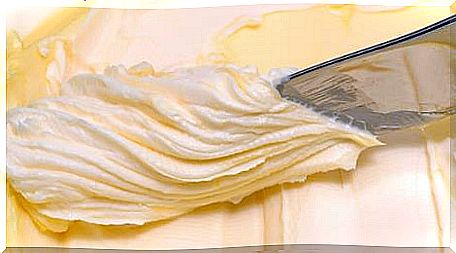The 10 Commandments Of A Successful Homemade Mash
If you are having trouble achieving a smooth, even, creamy mash, we are going to share with you the 10 best tips for a successful house mash.

Mashed potatoes are one of the best homemade dishes you can make. It is also a must for meals with family or friends. There are certain rules to follow for a successful homemade mash.
This dish, so popular around the world, has no fixed recipe and has many variations. It can accompany many recipes to delight the taste buds of young and old alike.
Mashed potatoes can seem very easy to make. However, it is certain that a good technique and a few tips are essential to make it more delicious than ever.
If you are having trouble getting a smooth, even, creamy mash, we are going to share with you the 10 best tips for a successful homemade mash.
Choose the right potatoes
Although at first glance you may not notice the difference, there are three different types of potatoes: firm flesh, tender flesh, and floury flesh.
If you want to obtain a very creamy and smooth mash, we recommend that you use a potato with a floury flesh, such as red potatoes for example.
Mealy potatoes disintegrate more easily, and make the mash creamier.
If you can’t find this type of potato, you can go for the tender potatoes.
Cut the potatoes into regular pieces
Potatoes of different sizes do not have the same cooking times. The bigger ones take longer to cook, while the smaller ones are ready quickly.
Your mash will therefore not have a uniform texture if the potatoes are not all cooked the same way.
Try to cut your potatoes in similar proportions, so that they all cook at the same rate.
Remove excess moisture
There are different ways to make sure your mashed potatoes are creamy.
You can, for example, drain the excess water from potatoes well.
To do this, after having drained your potatoes, put them back for a few minutes in a very hot saucepan, without water.
Let them cook for a few minutes, so that the excess moisture evaporates and therefore avoid obtaining a too liquid mash.
Use a potato masher
Do not use a blender or blender to make your puree, as the starch will break up, and your mixture will become too sticky.
Opt for a potato masher, a solution that takes a little longer, but which will give you the results you hope for a successful homemade mash.
Don’t over mix the potatoes
In addition to using a potato masher, it’s important that you don’t over-mix your potatoes when adding cream or butter to them.
If you mix your puree while adding these additional ingredients, you risk ruining your dish.
Do not add cream or cold milk
When adding milk or crème fraîche to your mash, make sure they are a little hot, so that they can be better absorbed by the potatoes.
Don’t add too much liquids
Even if it is of course recommended to add a little fresh cream or milk, it is not advisable to add too much liquid, so as not to turn your mash into a soup. This is essential for a successful homemade mash.
Go gradually to manage the texture of your mash well. A possible mistake is to pour too much liquid. In this case, the only way to catch up with your mash will be to add extra potatoes to it.
For a successful homemade mash, add the right amount of butter

Chefs recommend using 200 grams of butter for every 500 grams of potatoes. This achieves a perfect balance between the two ingredients.
This perfect measurement will help you achieve smooth and delicious mashed potatoes.
Don’t forget the salt
When putting your potatoes to cook to prepare your mash, don’t forget to salt the water as you usually do with pasta, for example.
In this way, the potatoes will absorb the seasoning, and their taste will be much better.
It doesn’t matter what ingredients you are going to use next. Seasoning during cooking is therefore the best way to give your mash an exceptional taste.
Don’t wait too long before serving
Mashed potatoes are always best when just made, as reheated mash is often dry and sticky.
A good option may be to prepare your ingredients the day before, and cook, and mix, the same day.
There you go, now you know how to make a successful homemade mash.









